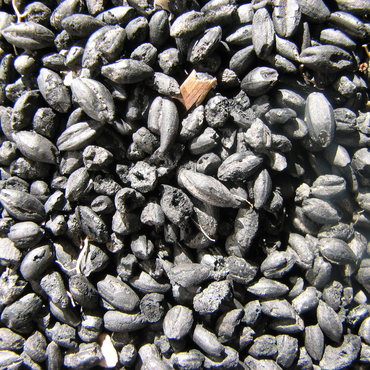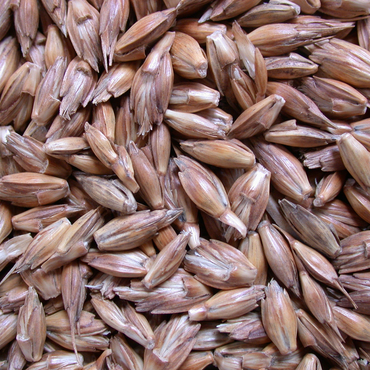
- Home
- Daily life
- Agriculture and subsistence
- Cereals
Hulled barley and spelt
The soils of Champagne pose some severe problems from a chemical standpoint since the active calcium blocks the absorption of certain minerals by plants (iron and especially phosphorus, which makes the plant hardier and assists good root development). In Champagne, areas of arable farming were determined strictly on the basis of soil characteristics. The preferred cereals, chosen for their excellent hardiness and ease of adaptation, were hulled barley – by far the most prevalent species – and spelt. Spelt is as genetically evolved as common wheat, but it is more resistant to frost and drought. It retains some of the characteristics of the ancient types of wheat, such as its brittle rachis. The shaft of the ear (rachis), breaks during threshing and the ear separates into tiny sections. The grain remains enclosed in its tough husk and for that reason spelt is described as a "hulled grain". This particularity, also found in barley, is useful for protecting the grain during storage.
Probably as a result of these severe natural constraints, agricultural techniques remained very stable and the same species, in the same proportions are found from the Bronze Age to the early Middle Ages. The Roman period did see the development of fruit growing and possibly vines. The towns, with their markets, were vectors of penetration for these new species.


